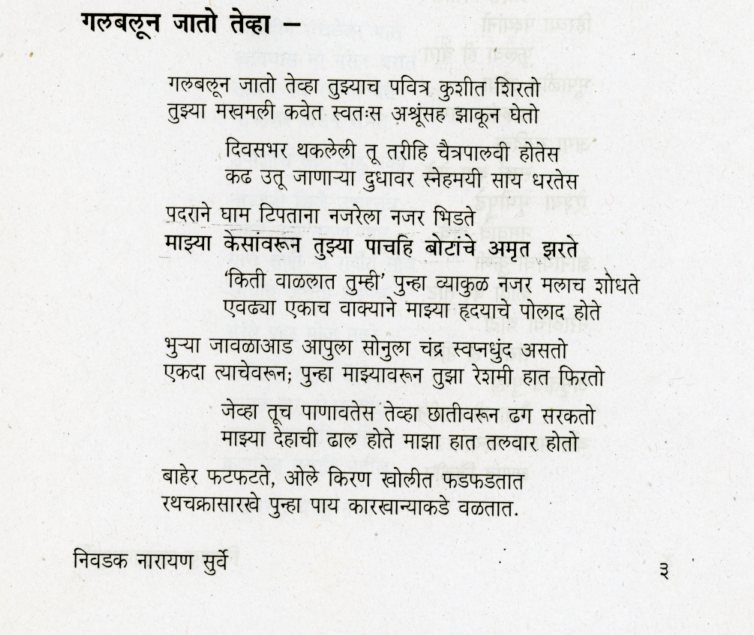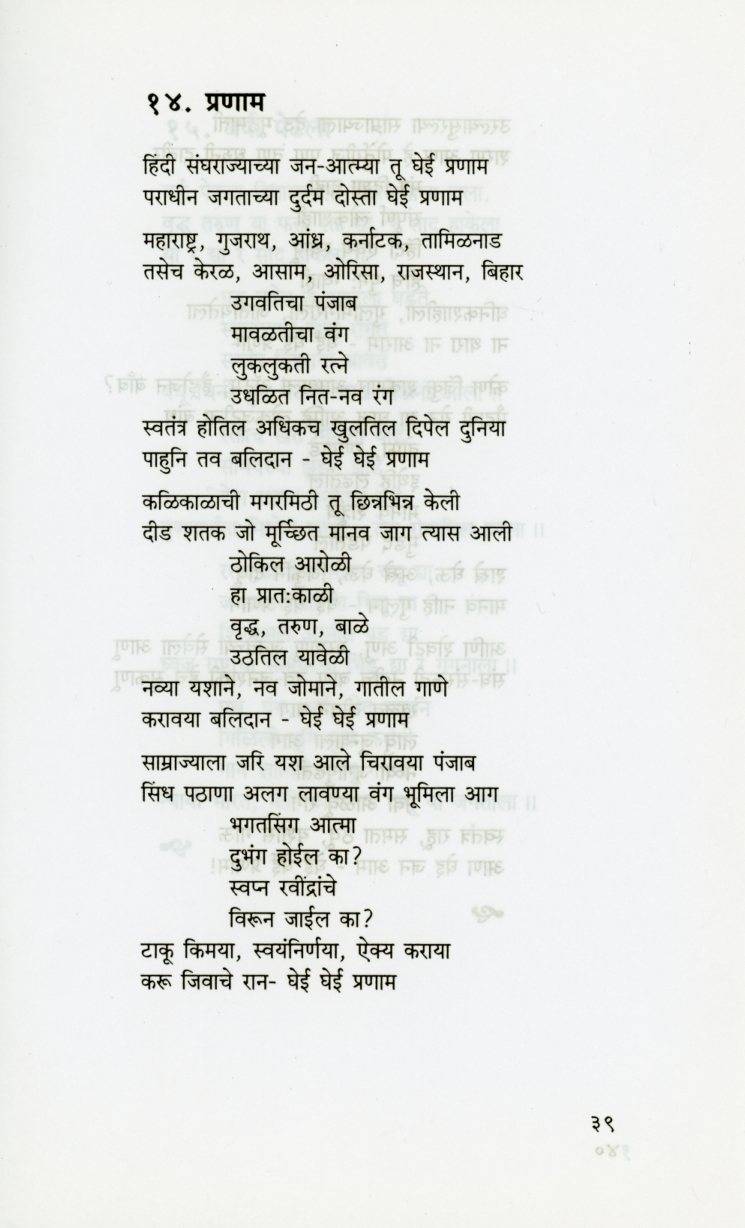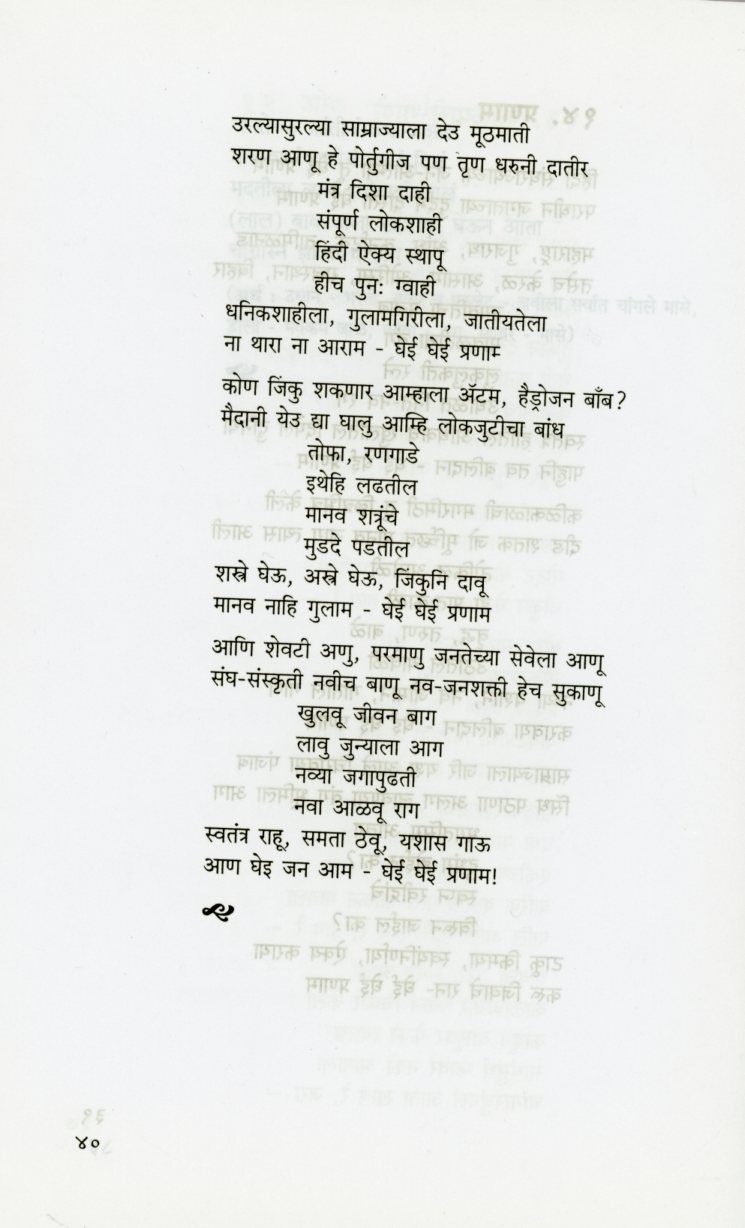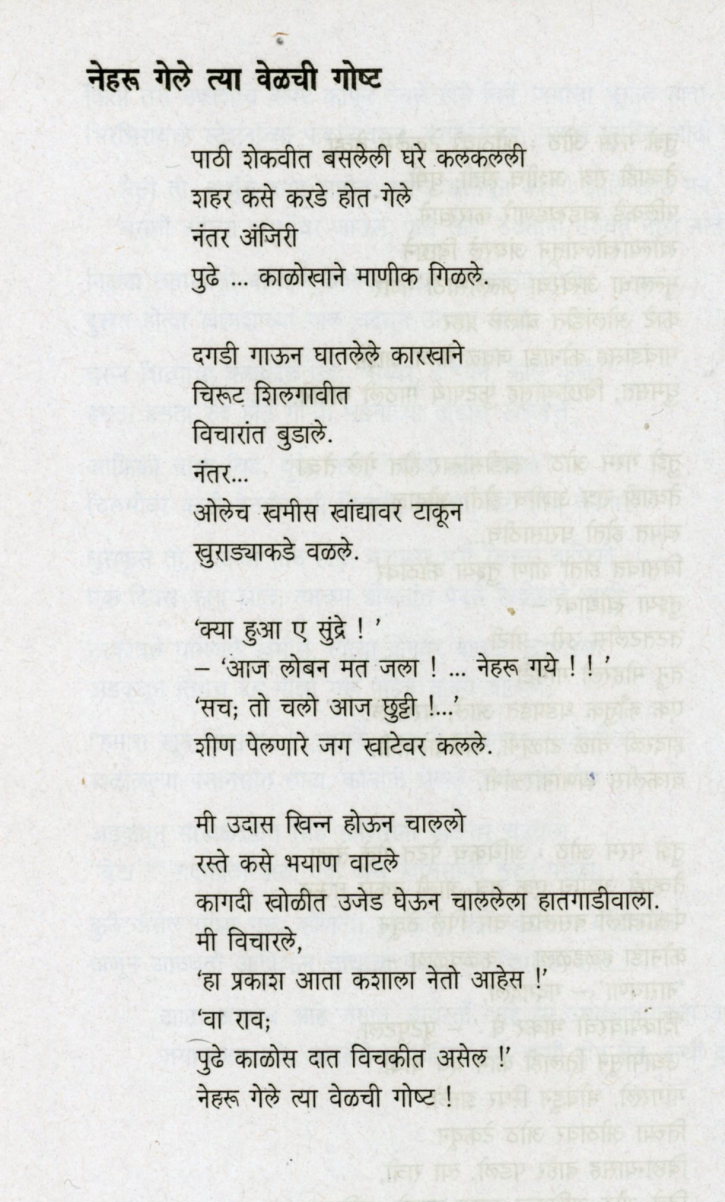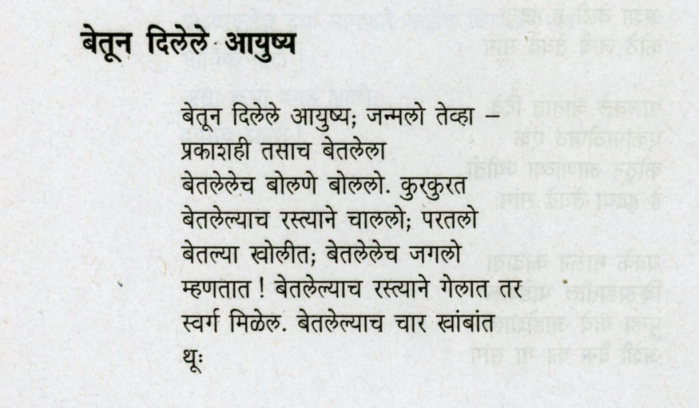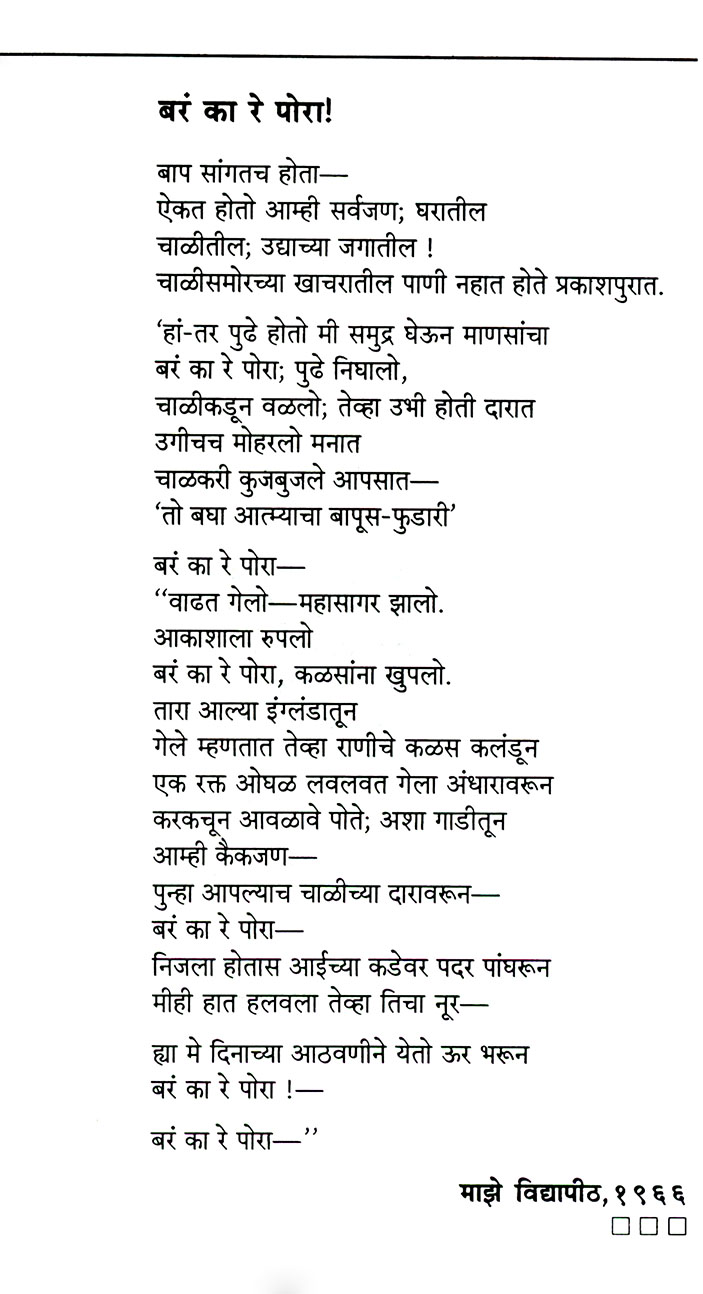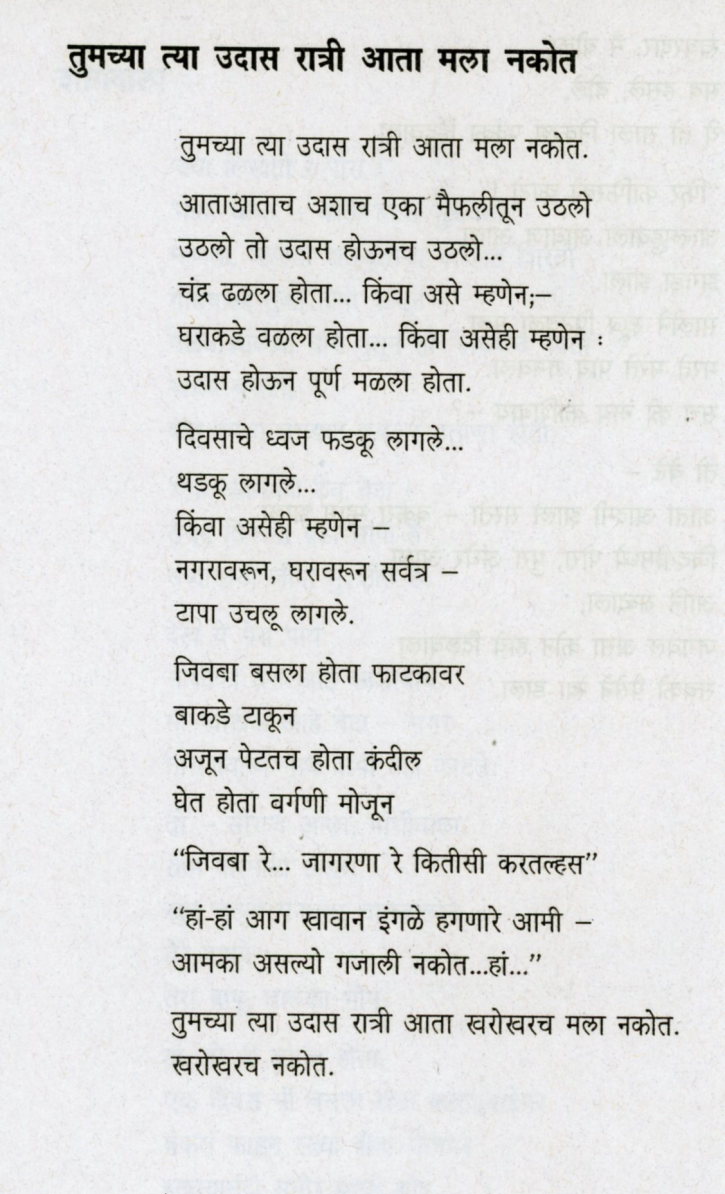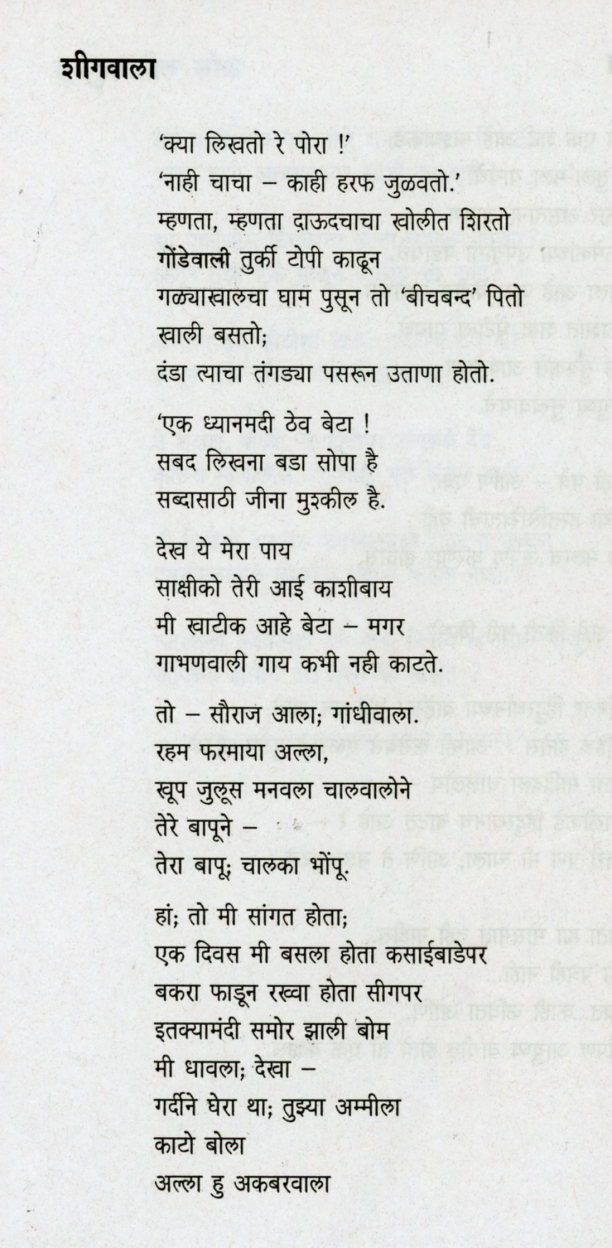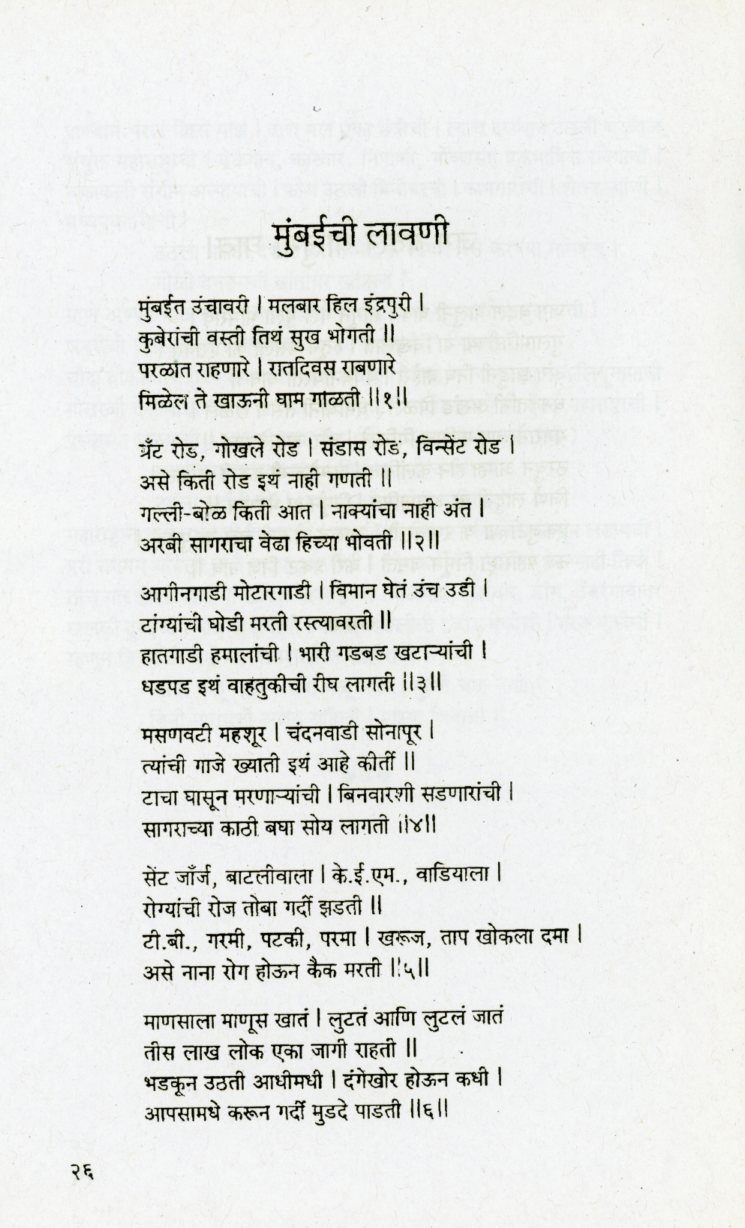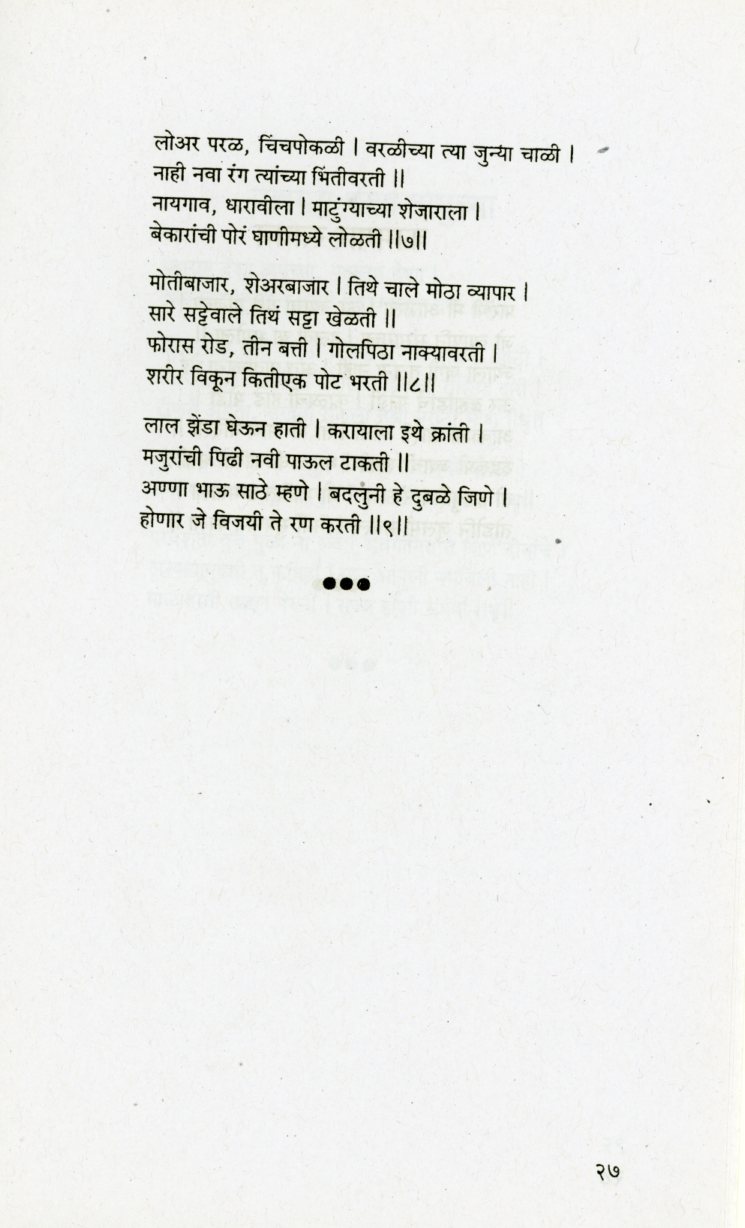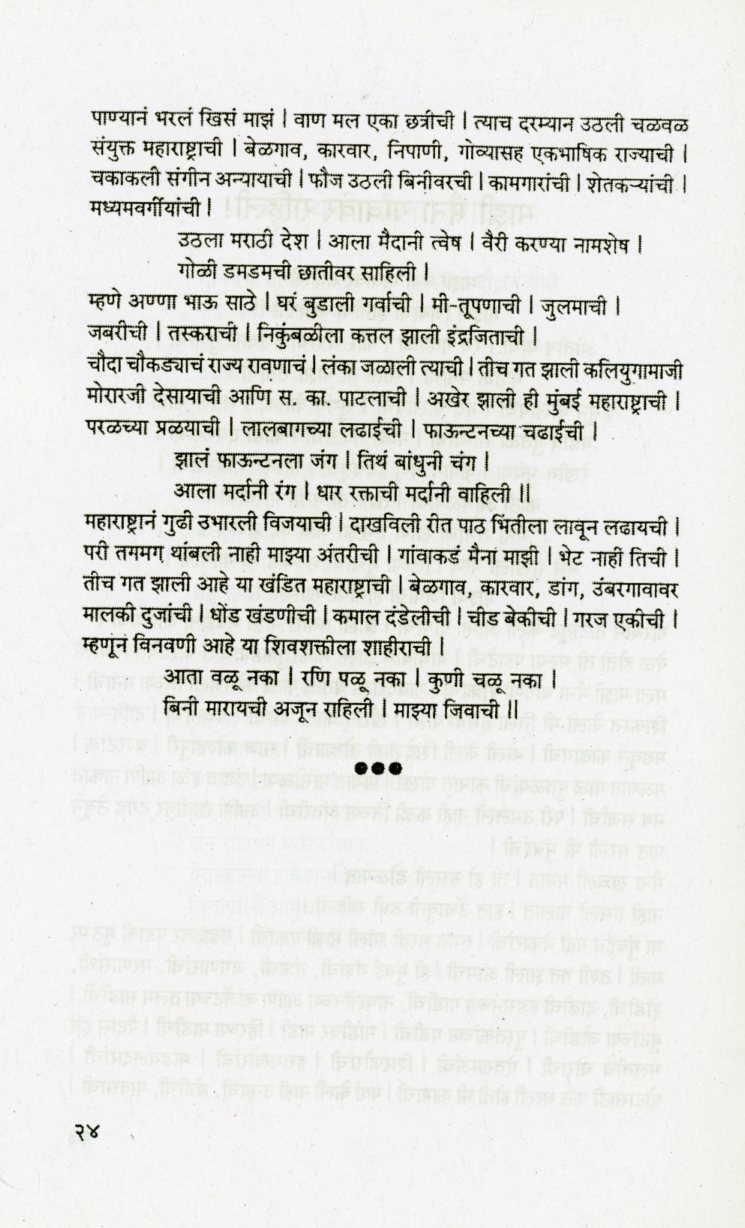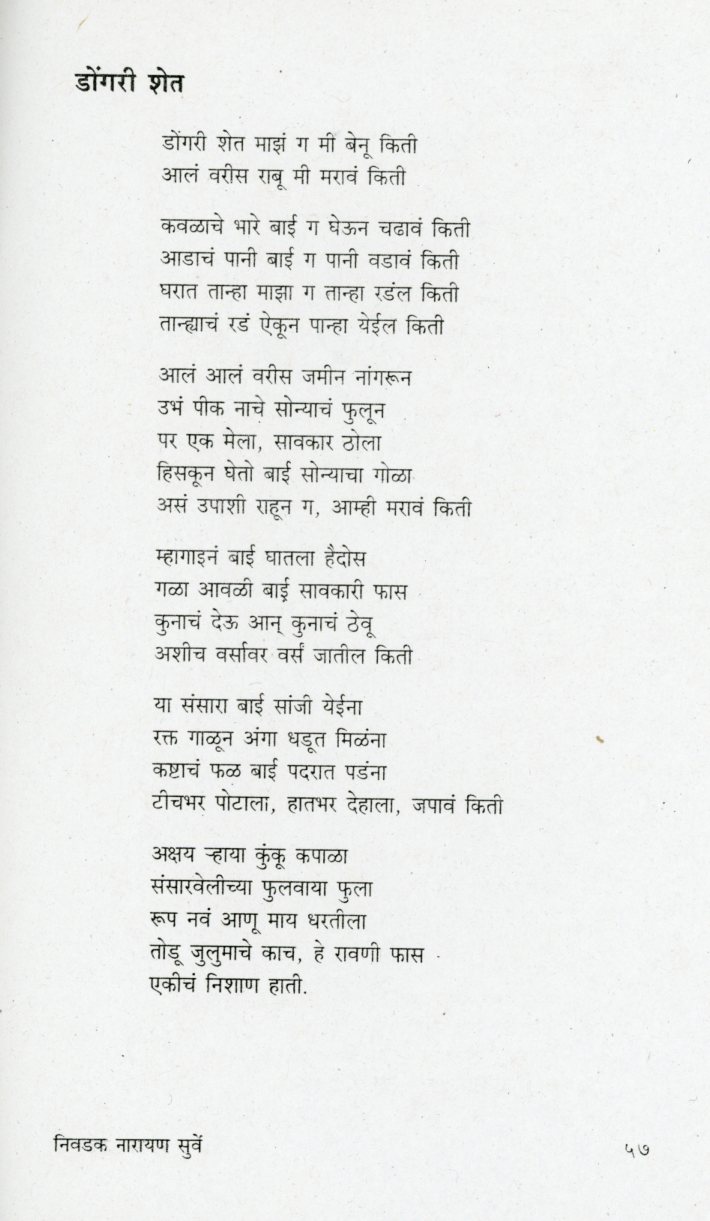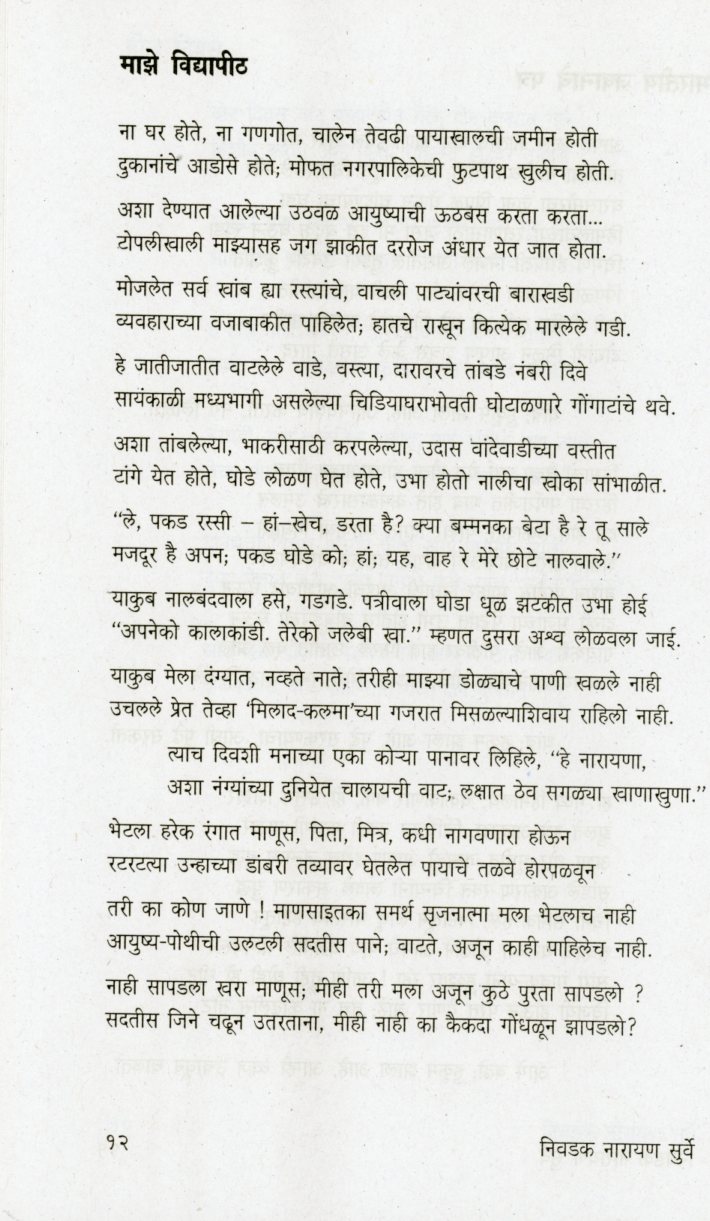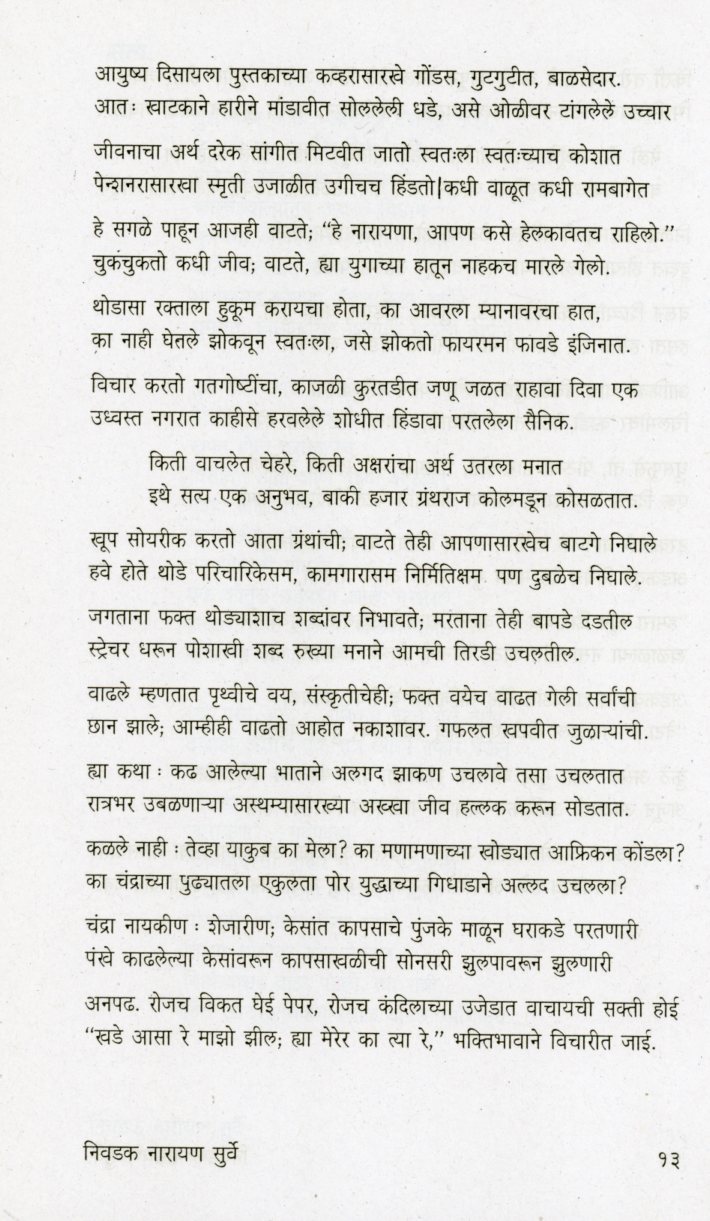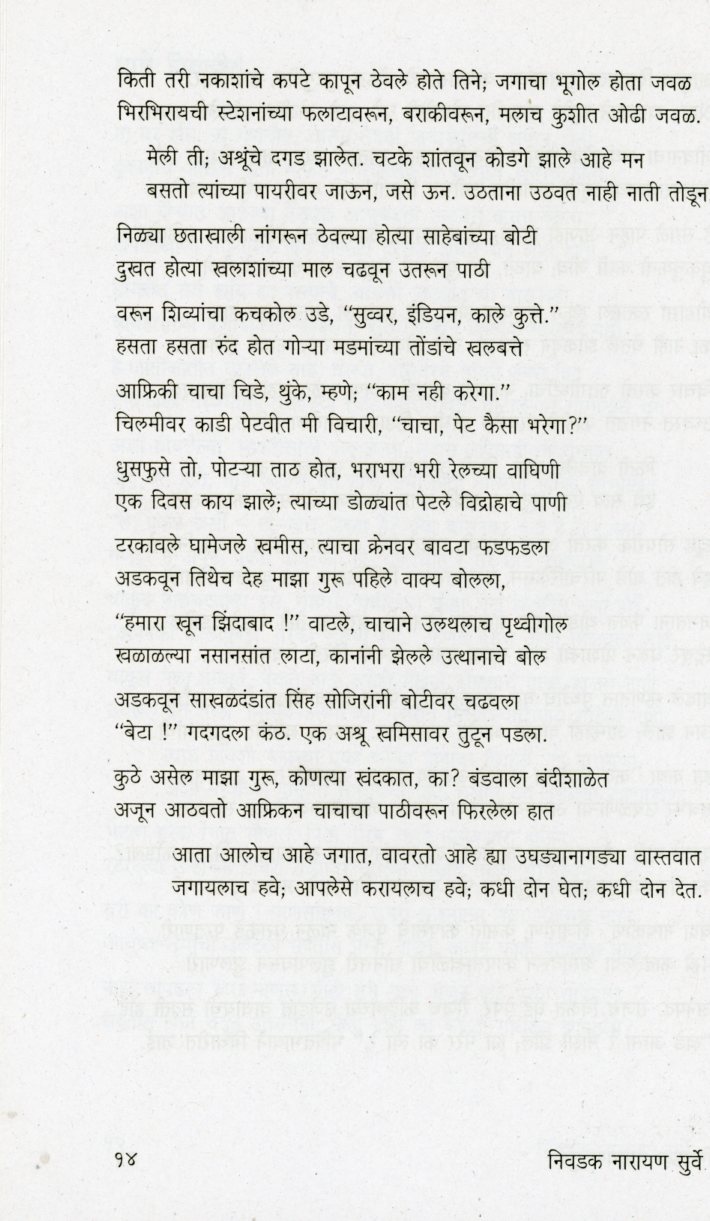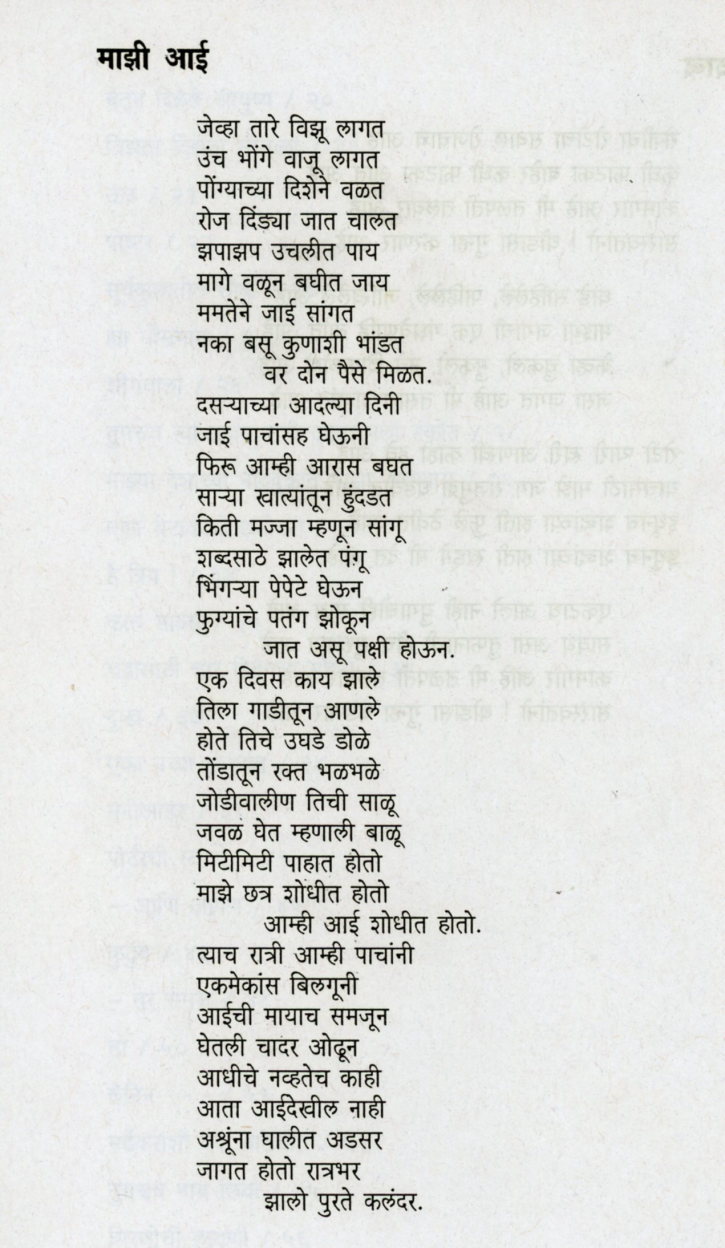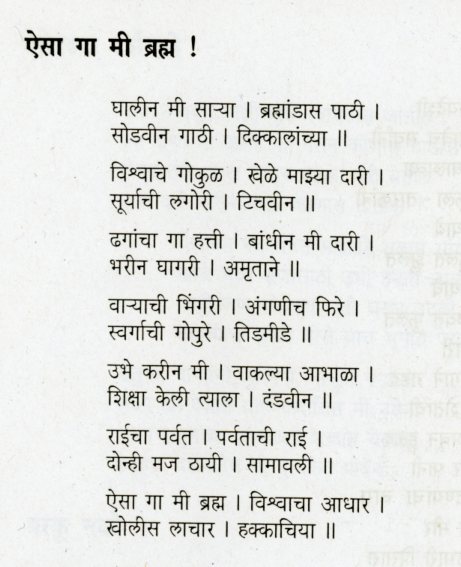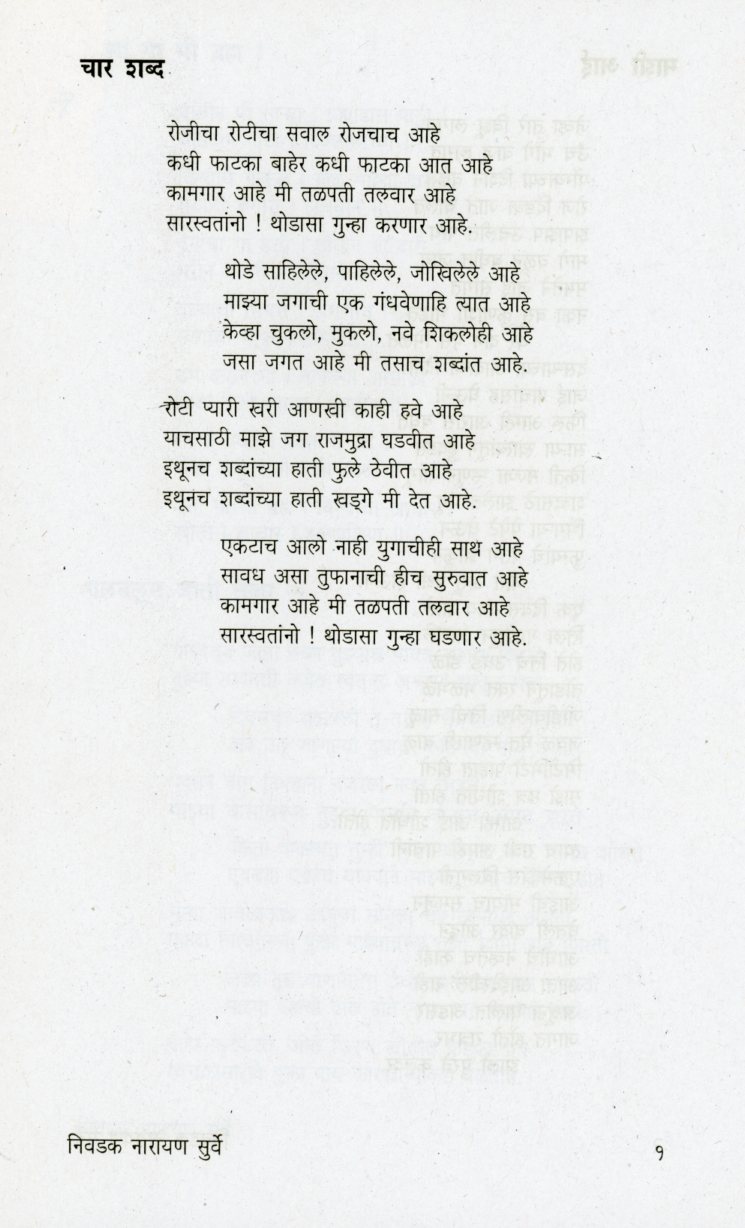Films presented on this page have been produced by independent filmmakers, research institutions and funding organisations on the people who lived and worked in the mill district of Mumbai and their. They have been reproduced here with their permission.
A Tale of Two Cities
Directors:
Alankrata Seth, Anurag Tyagi, Divya Chowdhary, Kanchan Marathe, Manasi Pingle and Sanika Prabhu
Synopsis:
The decline of the cotton mills in Mumbai – the industrial, commercial and financial capital of India, and the potential ‘redevelopment’ of the land they occupy in the heart of the city was, and is, a major urban policy issue. It raises vital questions about the future growth of this metropolis. The most alarming aspect of the whole situation is that the working class, who once gave the city its uniqueness and its ability to appear as a significant centre for trade on the global map, has no visibility today. The new economic policies coupled with overwhelming bureaucratic procedures, have increasingly pushed the workers on the fringes of the city. They exist today, as a forgotten class and their contribution to the city has been driven into oblivion. Against this backdrop, ‘A Tale of Two Cities’ tries to explore and document the stories of mill workers in the city through juxtaposition of the two worlds that are fighting — one for supremacy, the other for its survival.
15 mins
2005
Annapurna: Goddess of Food
Director:
Paromita Vohra
Synopsis:
Set in the lanes and by lanes of central Bombay’s mill area, the film is a portrait of a women’s co-operative named Annapurna. Started in 1975 by 14 khanawalwalis – women who prepared meals for migrant workers, thus earning the name food-lady – the organization has today swelled to a membership of 150,000 and has its own credit co-operative bank, short-stay home and catering centre. The film observes the everyday life of these women and intertwines it with the story of how the organization grew. An exploration of the politics and economics of women’s work, the film is a tribute to the fearless women who started Annapurna, and the feisty women who carry it on. The film is part of an international series on women’s initiatives entitled Half the Sky : Women of the World, made for the Beijing conference, in 1995. It has been telecast in 11 countries.
Devi Pictures
25 mins
1995
Cosmopolis: Two Tales of a City
Director:
Paromita Vohra
Synopsis:
Cosmopolis is really two films made at two different points – The Forgotten City and Defeat of a Minor Goddess. But later they seemed to me to be intricately linked, commenting on each other and building an understanding both of the city and of certain central values that seem important to me.
The first film, The Forgotten City, is only a minute long and it’s like a sketch of the changes that have been taking place in Bombay’s mill district, a largely working class neighbourhood, over the years. As such the film does not lay out the issues but weaves them together impressionistically – a palimpsest of sounds and maps and images that represent this shift. The material is drawn from footage I have been shooting for many years as changes have been taking place here. I hope some day to make a longer film.
The second film, Defeat of a Minor Goddess, was made for a city festival called the Kala Ghoda Festival. Several filmmakers were invited to make a film on food and the city, interpreting the theme as they liked. It was obvious that the idea was perceived as having warm and fuzzy meanings and I really did not feel inclined to pursue myths of the city’s marvelous melting pot culture, it’s diversity and so on, when what I see around me is a growing segregation and fragmentation, a marked mutual intolerance.
Devi Pictures
13 mins
2004
City within the City
Director:
Tuhinabha Majumdar
Synopsis:
Three Indian cities, three immigrants, a film maker and a film which re-examines the changing face of the inner exile of the Indian metropolis when the avatar of global capitalism has produced a new territorial mythology of village, that of the global village. The film is a video-letter by an explicit ‘outsider’-the filmmaker, who records simultaneous stories of cryptic journeys of three immigrants from three villages to differnet cities, in order to trace the local identity and its existence amidst the limits of the city. The journey gyrates around the filmmaker’s father’s diary to rework on the myth of the journey from village to the global city.
PSBT
53 mins
2014
Seven Island and a Metro
Director:
Madhusree Datta
Synopsis:
The multilingual Bombay. The Bombay of intolerance. The Bombay of closed mills; popular culture, sprawling slums and real estate onslaught. The metropolis of numerous ghettos, the El Dorado….This film is a tale of the cities of Bom Bahia / Bombay / Mumbai, through a tapestry of fiction, cinema verite, art objects, found footage, sound installation and literary texts. The film is structured around imaginary debate between Ismat Chugtai and Sadat Hasan Manto; the two legendary writers who lived in this metropolis; over the art of chronicling these multi-layered overlapping cities. Shot mainly during the monsoon, the film portrays some extremely beautiful yet ruthlessly violent features of Bombay. An aspect of Mumbai which is generally not included in the popular narrative of the city.
96 mins
2006
Bombay Strike
Synopsis:
This is unissued/unused footage that chronicles a peaceful one-day strike held in Bombay, India on the 29th December 1947. Given below is the listing of the shots:
Various shots deserted tramway and bus stations, showing empty idle buses and trams. M/S exterior view of the General Post Office. M/S two youths posting letters. C/U a street pillar box with a notice “No Collecting” on it. L/S people walking along a street. L/S an indoor meeting of workers. M/S pickets outside the building of the Times of India. M/S’s a troop of policemen patrolling.
M/S the docks with idle cranes and ships waiting to be unloaded. L/S other street scenes with a few pedestrians walking about. M/S army officers conferring. C/U interior shots of the Kohinoor textile mills showing idle machinery and bales of cloth on the floor. L/S general view of the mass meeting of workers. More interior mill shots and more street scenes. M/S the chimney of the Kohinoor mills panning to a closed gateway. M/S’s interior of the mills.
L/S and M/S’s workers and pickets outside the Times of India building. C/U a union member having a badge pinned to his shirt. C/U the badge. C/U workers with placards. Various shots idle business premises. C/U an empty train in a station platform. M/S the police patrol. L/S exterior view of the station. Various street scenes almost empty where they would normally be busy. L/S’s more shots of the railway station. L/S’s ships in the docks. Various interiors and exteriors of the mills. Various shots the workers at meeting.
British Pathé
6 mins
1947
Akhada
Director:
Abhishek Loke
Partners for Urban Knowledge, Action &
Research (PUKAR)
3 mins
2014
Dastaan-e-Girangaon
Director:
Tejal Shitole
Partners for Urban Knowledge, Action &
Research (PUKAR)
11 mins
2014
Dukaan, Makaan
Director:
Rohit Aswale
Partners for Urban Knowledge, Action &
Research (PUKAR)
8 mins
2014
Girangaon Via Ghodapdeo
Director:
Pratiksha Shitole
Partners for Urban Knowledge, Action &
Research (PUKAR)
6 mins
2014
Story of Parel
Directors:
Rohit Aswale and Omkar Sawant
Partners for Urban Knowledge, Action &
Research (PUKAR)
4 mins
2014
Occupation: Mill-worker
Director:
Anand Patwardhan
Synopsis:
Outside the shuttered factory, mill-workers chant ‘Restart, Restart, Restart the closed mills!’ Over the vivid skyline of Bombay, the camera settles upon a chimney. A caption reads: ‘Textile mills were once the backbone of Bombay’s economy. Workers in their thousands brought the city its working class culture. Today increased foreign investment and rising real-estate prices have made it more profitable to sell mills than to run mills.’ Operation Mill-worker documents the events of February 1992 when workers forcibly occupied the factories of the New Great Eastern Mill after a four-year lock out. Led by the Closed Mills Action Committee, the film reveals the determination of the workers to reopen their mill. The anxiety experienced during the occupation is transmitted through songs, interviews, an evening screening of Patwardhan’s Bombay Our City and a tense confrontation with the police. Operation Mill-worker ends in a fleeting moment of triumph with workers gathering outside the factory gates to celebrate a court order to reopen the Great Eastern Mill.
2 mins
1997
Narayan Gangaram Surve
Director:
Arun Khopkar
Synopsis:
Narayan Gangaram Surve, who passed away recently, was one of India’s leading poets. He was a foundling, raised by a mill-worker until the age of ten and then left to fend for himself. Working as a waiter, helper in textiles mills, a peon in a Municipal school, he finally retired as a primary school teacher. A Marxist by conviction, he forged a new idiom of the spoken word in Marathi poetry. His poems mix dialects of Marathi, Hindi, Urdu, English to catch the pulse of the life of the underprivileged. The film shows Kishor Kadam, playing Narayan Surve, but meeting the real poet through his journey. The poems are ‘interpreted’, without words, through non-linear montage of visuals and sound effects.
Khayal Trust, Mumbai
46 mins
2002
